Churn prevention: How to identify and retain at-risk customers
Published on September 09, 2025/Last edited on September 10, 2025/13 min read
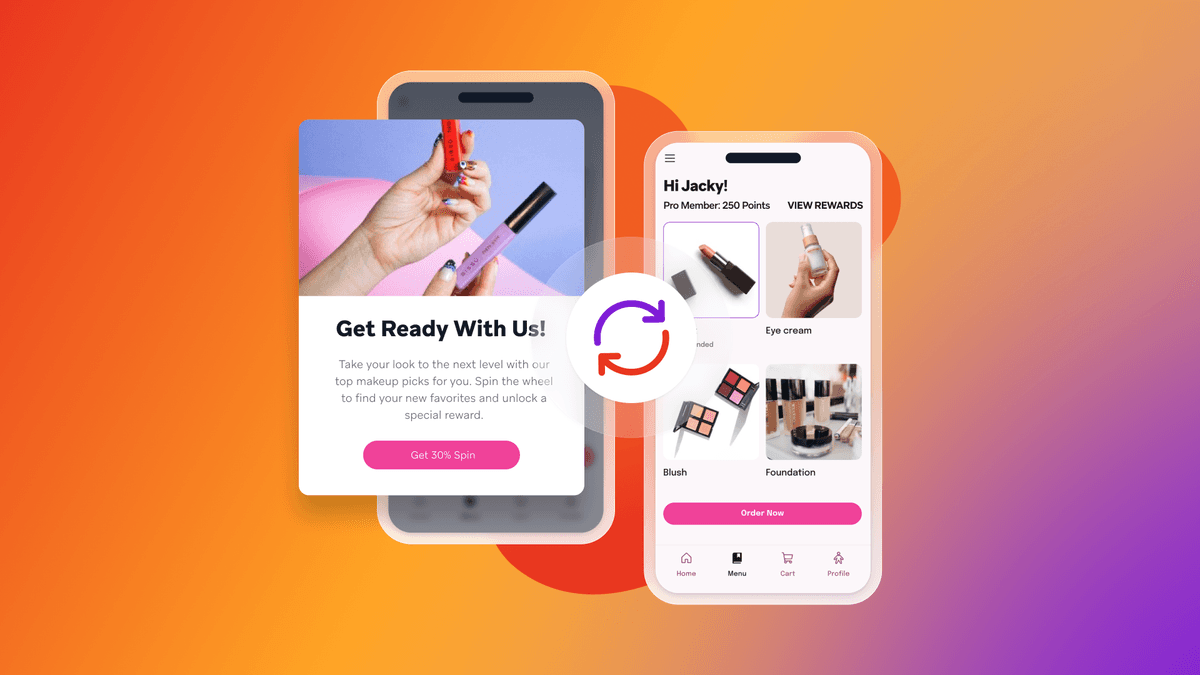
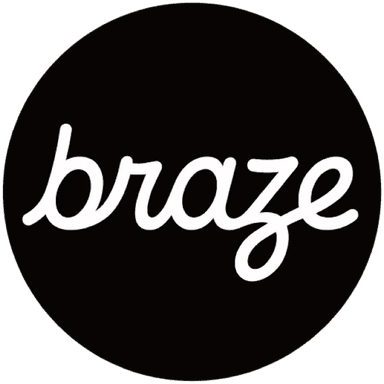
Team Braze
Reducing churn starts with understanding why people leave in the first place. It’s rarely one moment. More often, it’s a pattern of missed signals—subtle shifts in behavior that build up over time.
Churn prevention helps brands spot those shifts early and take action while there’s still a chance to turn things around. With the right data and approach, teams can keep more customers engaged, supported, and likely to stay.
In this guide, we’ll explore what churn prevention involves, the signs worth tracking, and how to build a strategy that supports long-term retention.
Contents
- What is churn prevention?
- Why is churn prevention important?
- Data analytics and churn prevention
- How to prevent customer churn
- Key metrics every churn prevention model should include
- A step-by-step framework for building an effective churn prevention strategy
- Five churn prevention capabilities to look for in your churn prevention software
- Final thoughts on churn prevention
- FAQs on churn prevention
What is churn prevention?
Churn prevention is the practice of identifying customers who are at risk of leaving and taking strategic steps to keep them. Rather than relying on reactive winback campaigns, it focuses on early signals and timely, personalized engagement.
There are two common types of churn:
- Voluntary churn, when a customer chooses to leave—by canceling a subscription, abandoning a service, or uninstalling an app
- Involuntary churn, which happens due to passive issues like payment failures, expired cards, or account errors
Involuntary churn often calls for operational fixes. Voluntary churn, on the other hand, gives marketing teams a window to intervene. Spotting behavioral drop-offs—fewer logins, reduced usage, or a dip in message engagement—can highlight where to act.
An effective churn prevention model depends on knowing what to look for and responding quickly, before the customer relationship breaks down.
Why is churn prevention important?
Churn impacts retention, and retention has real financial value. It can cost five to seven times more to acquire a new customer than to retain an existing one. Over time, loyal customers tend to engage more, spend more, and require less support, too. It’s been shown that increasing retention by just 5% can lead to profit gains of 25% to 95%.
But churn also impacts team efficiency, campaign performance, and long-term brand health. When someone leaves, it’s often the result of a series of missed moments, not just one decision.

Churn prevention helps brands respond before that happens. It supports stronger, more connected experiences throughout the lifecycle—keeping customers engaged, satisfied, and willing to come back. That makes it a real driver of growth.
Data analytics and churn prevention
Preventing churn starts long before a customer walks away. To stop silent disengagement, you need to understand what’s shifting beneath the surface—and why.
Data analytics brings that picture into focus. By tracking behavioral patterns over time, teams can identify early signs of friction, spot critical drop-off points, and build a clearer view of what churn looks like in context.
For example, you might notice:
- Drop-offs after onboarding or feature discovery
- Increased support tickets before cancellations
- A typical “dormancy window” for new users who never convert
These insights help shape a more effective approach to customer churn prediction and prevention. By mapping known risk signals to historical user journeys, you can intervene early and meaningfully, well before a final decision is made.
Advanced churn prevention tools like Braze Predictive Churn go further, combining real-time behavior with machine learning models to help teams prioritize high-risk segments and deploy timely outreach at scale.
How to prevent customer churn
Disengagement doesn’t look the same for everyone, but it can leave a trail. And if you spot it, you’ll want to reduce churn, or better still, prevent it.
By watching for specific behavioral shifts, teams can identify which users are starting to lose interest and step in with timely support. Some of the most telling signs include:
- Drop in engagement: Fewer email opens, push taps, or app visits can point to fading attention.
- Slowed product usage: A user logging in less often—or not at all—may be struggling to see ongoing value.
- Renewal hesitation: Late payments or downgrades often reflect second thoughts.
- Support red flags: Unresolved issues or low satisfaction scores can quietly erode trust.
- Unfinished onboarding: Skipped tutorials or ignored key features can put long-term retention at risk.
Each of these signs can help inform the metrics you track, and the actions you take next.
Key metrics every churn prevention model should include
Not all metrics serve the same purpose. Some highlight churn after it happens, while others help you predict and prevent it before it begins. Grouping your metrics by what they reveal makes it easier to diagnose problems, personalize responses, and refine your strategy.
Retention and churn indicators
Start with the big picture. These metrics help track customer loyalty and overall business health.
Churn rate: The percentage of customers who stop using your product during a set period. This gives you a baseline to monitor changes over time.
Retention rate: The inverse of churn, showing how many customers stick around—and for how long.
Customer lifetime value (LTV): An estimate of how much revenue a customer generates over the course of their relationship. Strong LTV signals deeper engagement and longer-term loyalty.
Engagement and behavior signals
To stop churn before it happens, you need to know when people start to drift. These metrics indicate disengagement in real time.
Engagement drop-off points: Identify when and where users stop opening emails, logging in, or interacting with your content.
Reactivation rate: Track how many lapsed users return after targeted re-engagement campaigns.
Time to value (TTV): The time it takes for a new customer to achieve their first meaningful outcome. A long TTV often predicts early churn, especially during onboarding.
Experience and satisfaction metrics
Poor experiences and unmet expectations can also drive people away. These metrics reveal hidden risks.
CSAT or NPS trends: Monitor how satisfied customers feel, and how willing they are to recommend your brand. Declining scores often precede churn.
Support interactions: Repeated complaints, unresolved issues, or slow response times can quietly erode trust and push users toward the exit.
A step-by-step framework for building an effective churn prevention strategy
Insights alone won’t change the outcome. To truly prevent churn, you need a strategy that connects what you know, with what you do next.
The steps below bring structure to that work. They help turn risk into action, and action into retention.
1. Connect and centralize your customer data
You can’t act on churn risk without a clear picture of how customers interact across channels. Earlier, we looked at the kinds of data worth tracking—now it’s about bringing those insights together in one place.
Combine behavioral signals, engagement history, support interactions, and product usage data into a unified customer view. This gives your team the context they need to act quickly and with confidence.
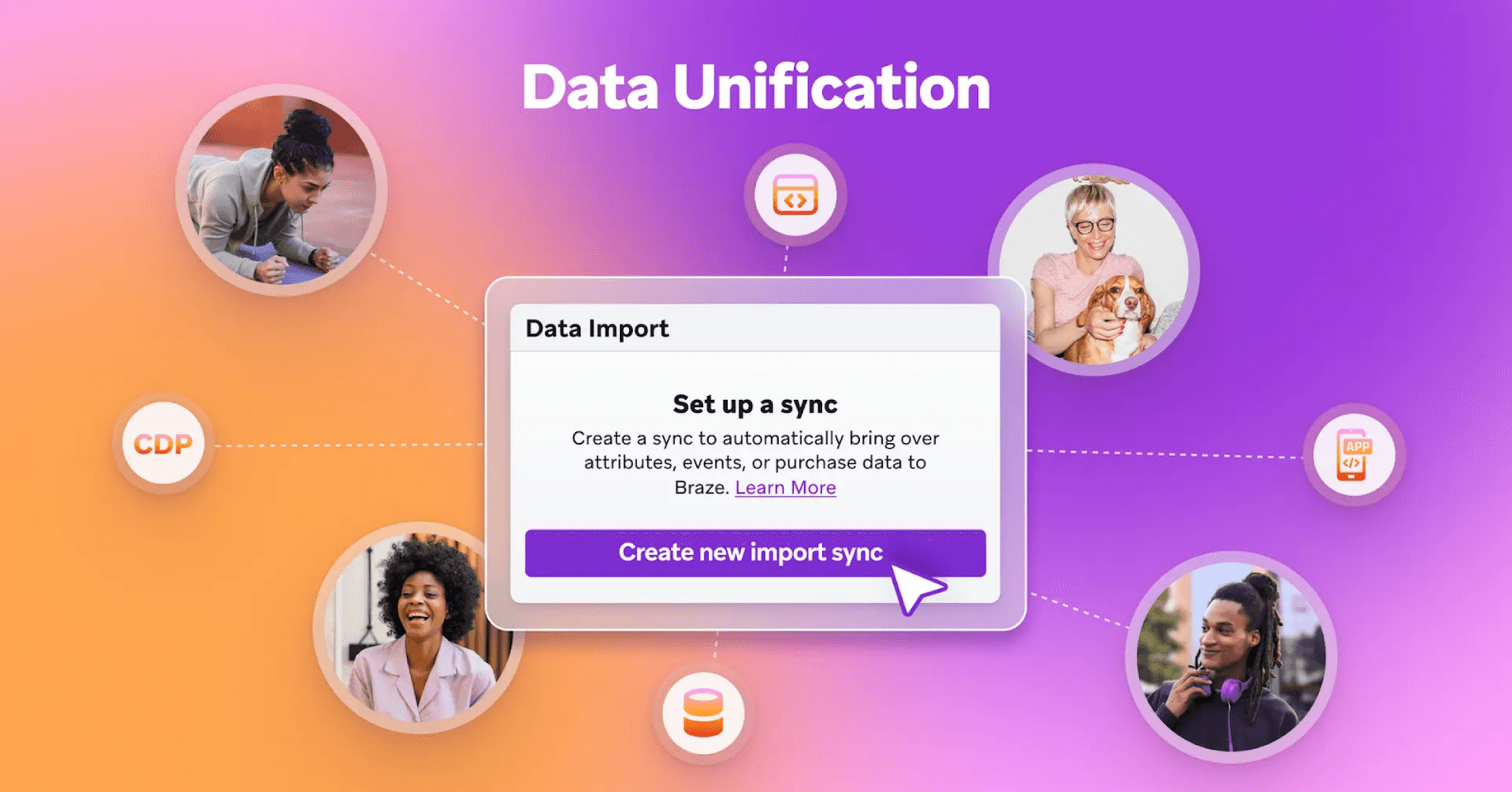
In setups where data updates in real time and links to unified customer profiles, teams can quickly segment audiences, personalize responses, and act while there's still a chance to change the outcome.
2. Identify at-risk segments
Disengagement doesn’t follow a single pattern. Some users taper off gradually, while others disconnect after a moment of confusion or unmet need. Segmentation helps you group users based on behavior, so your outreach feels relevant—and lands when it matters most.
Start with rule-based segments, such as:
- Users who haven’t engaged in the last 14 days
- Customers who contacted support but didn’t convert
- Visitors to your cancellation page who didn’t complete the process
Or you can take it further with predictive tools, which score users based on their likelihood to leave, giving you a prioritized list of who needs attention first.

3. Act fast when risk appears
Once churn signals show up, timing becomes critical. A delayed response can turn hesitation into a lost customer.
Build real-time triggers around behaviors like missed logins, abandoned carts, skipped onboarding steps, or stalled subscriptions. These moments should automatically kick off helpful, relevant journeys.
A subtle in-app reminder, a “Need help?” email, or a push with a value reminder could be the nudge that changes the outcome.
4. Deliver value early and often
People are more likely to stay when they quickly understand how your product helps them. That initial moment of clarity—when something clicks—sets the tone for the rest of the relationship.
A helpful onboarding experience is only the beginning. You need to keep reinforcing that value at every stage, using what you know about the customer to guide them toward features, tools, or content that genuinely support their goals.
Some examples:
- Highlight key features through contextual walkthroughs
- Send follow-ups that recommend useful tools based on recent activity
- Offer short tips or prompts that make it easier to take the next step
Clear, consistent support helps users stay engaged—not out of habit, but because it makes sense to.
5. Design targeted interventions
A new user pausing mid-onboarding needs something different than a long-term customer going quiet.
Tailor your outreach to reflect the user’s experience so far. That could mean:
- A short walkthrough for someone who skipped setup steps
- A thoughtful message for a long-time user who hasn’t returned
- A direct follow-up after a negative support interaction
Generic winback campaigns rarely change minds. Interventions work best when they feel specific, timely, and considered.
6. Use feedback to your advantage
Cancellation reasons, support complaints, and product feedback offer clarity on where the experience is falling short.
Track themes in exit surveys and service interactions. Spot where users are getting stuck or losing confidence. Then use those insights to shape proactive campaigns—whether that means tweaking onboarding, refining value messaging, or offering alternatives before renewal.
7. Reconnect through cross-channel messaging
Sticking to a single channel makes it easy for messages to go unnoticed. A cross-channel approach increases the odds of reaching customers where they’re most responsive.
Use coordinated messaging across:
- Email for longer content or detailed updates
- Push notifications for quick reminders or nudges
- In-app messages for timely, contextual guidance
- SMS for urgent or time-sensitive communications
Let user behavior and preferences shape the mix. A unified strategy across channels makes re-engagement feel natural—not intrusive.
8. Make customer support part of your strategy
Your support team is often the first to see signs of frustration. But too often, their insights aren’t looped back into marketing or product strategy.
By integrating support data into your lifecycle campaigns, you can:
- Escalate unresolved issues into targeted re-engagement flows
- Flag churn-prone users for concierge-style follow-up
- Trigger satisfaction surveys or net promoter score (NPS) requests post-resolution
9. Test, learn, and refine
There’s no “perfect” churn strategy. What works today might underperform next quarter. So experimentation is key.
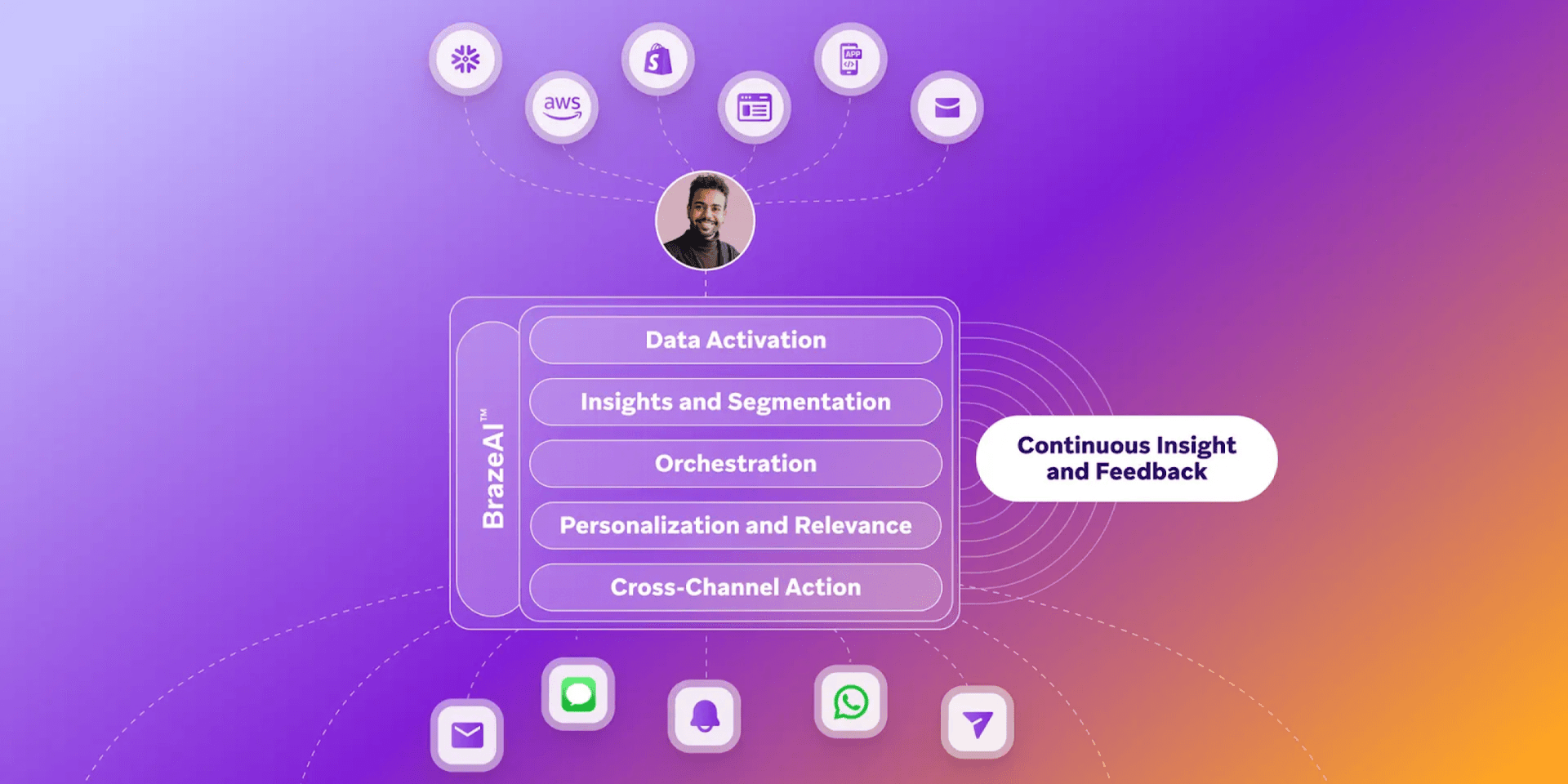
A/B test everything from subject lines to offer types to send times. Try different re-engagement incentives or content angles. Use reporting tools to monitor what’s working, and where you can improve.
The best churn prevention strategies evolve with your audience and become more resilient with each adaptation.
5 churn prevention capabilities to look for in your churn prevention software
Customer engagement platforms like Braze are designed to help brands tackle customer churn prediction and prevention with speed, scale, and precision. From real-time segmentation to personalized journeys, here are the key capabilities built into Braze that support effective churn prevention strategies.
1. Real-time segmentation
Braze makes it easy to build dynamic segments based on live customer behavior. Whether you want to target users who haven’t logged in for 14 days or those who skipped key onboarding steps, segmentation in Braze updates automatically—so your messages reach the right audience at the right time.
2. Predictive churn analytics
With Braze Predictive Suite, teams can define what churn looks like in their business, then use machine learning to score each user based on their likelihood to leave. These churn risk scores help prioritize outreach and power more focused, personalized re-engagement strategies.
3. Cross-channel journey orchestration
The Braze Canvas journey builder lets marketers coordinate messages across channels like email, push, SMS, in-app, and web. This cross-channel approach helps reduce missed opportunities and makes it easier to catch at-risk users with timely, relevant nudges—wherever they are.
4. Personalization at scale
Braze supports a range of personalization tools, from Liquid templating and Connected Content to AI-powered item recommendations. These features allow brands to tailor content to each user’s context, behavior, and preferences—boosting the chances of re-engagement and long-term retention.
5. Built-in testing and optimization
Churn prevention strategies aren’t static. Braze offers A/B testing, multivariate testing, and Personalized Variant tools to help brands experiment with message formats, timing, and content. Marketers can learn what works, refine their campaigns, and continuously improve retention performance.
Final thoughts on churn prevention
Churn prevention is a way of working that prioritizes long-term connection over short-term wins. When teams pay attention to what customers are telling them through behavior, sentiment, or silence, they gain the insight needed to act with care and clarity.
The most effective strategies don’t rely on last-minute discounts or one-size-fits-all messages. They’re rooted in data, built around real moments, and shaped by what each person needs next. That means knowing when to step in, how to personalize, and which channels to use—without overwhelming or overselling.
When you treat retention as a relationship, not a reaction, churn prevention becomes a natural part of how your brand grows.
FAQs on churn prevention
What is churn prevention?
Churn prevention is the process of identifying customers at risk of leaving and taking targeted action to keep them engaged.
What are common churn prevention strategies?
Common churn prevention strategies include: Monitoring product usage, building predictive segments, delivering personalized campaigns, and improving onboarding experiences.
What’s the difference between voluntary and involuntary churn?
Voluntary churn is a choice (e.g., cancellation). Involuntary churn often stems from passive issues like failed payments.
How can personalization reduce churn?
Personalization can reduce customer churn because tailored content, offers, and support help people feel understood—making them more likely to stay.
How do you measure churn prevention success?
To measure churn prevention success, track retention rates, reactivations, LTV, and churn rate reduction. A/B and multivariate testing helps you optimize over time.
Which Braze tools are best for identifying and preventing churn?
One of the best tools for identifying and preventing churn is Braze Predictive Churn. You can also use Canvas to create cross-channel journeys targeted at users likely to churn, as well as use the platform’s robust testing tools to find what messages are most successful.
Be Absolutely Engaging.™
Sign up for regular updates from Braze.
Related Content
View the Blog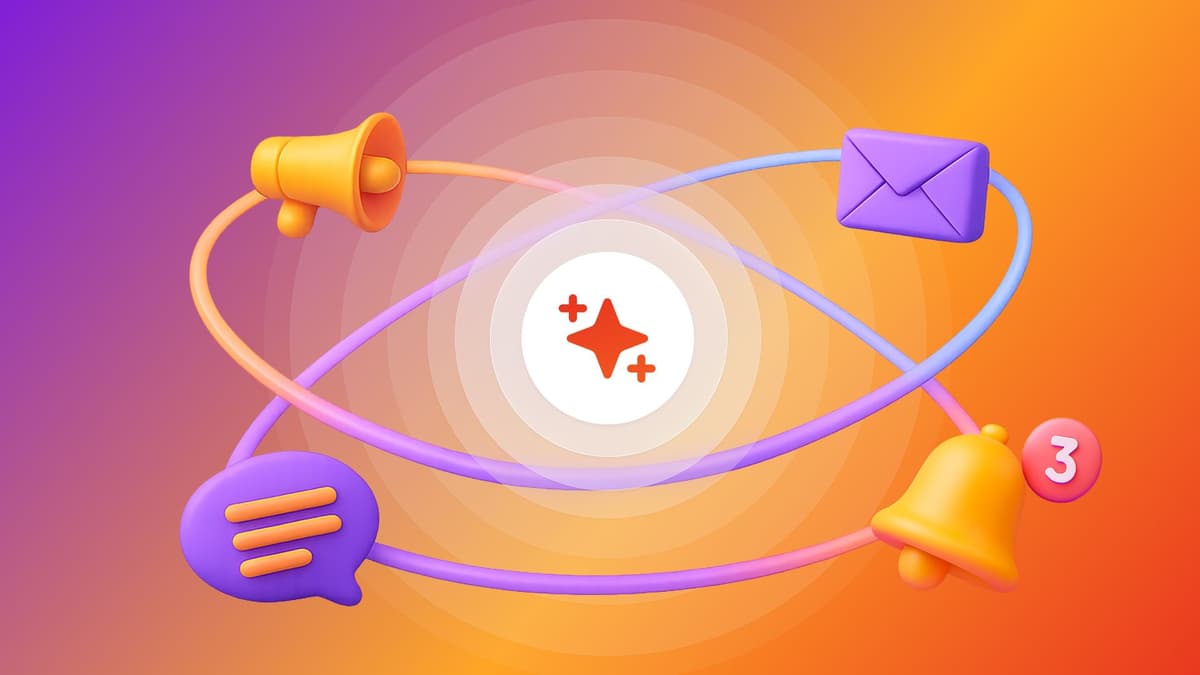
How AI Decisioning Transforms Marketing (A Complete Guide)

Team Braze

AI decisioning cheat sheet: How to crawl/walk/run with BrazeAI Decisioning Studioᵀᴹ

Team Braze

A day in the life of a data scientist on the BrazeAIᵀᴹ forward-deployed engineering team
